
Sweet spring beets, carrots, scallions, radishes, and turnips! Few vegetables are as awaited in my home garden. Though root vegetables can continue to be grown throughout the season, they are the sweetest and arguably easiest to grow in the spring. The best time to start them is usually a couple of weeks before the last frost date. Even better, they are fast to produce and easy to grow.
My Favorite Root Vegetables
Once I find a really good vegetable variety, I continue to grow it. Here are a few raised in my garden regularly.
Beets
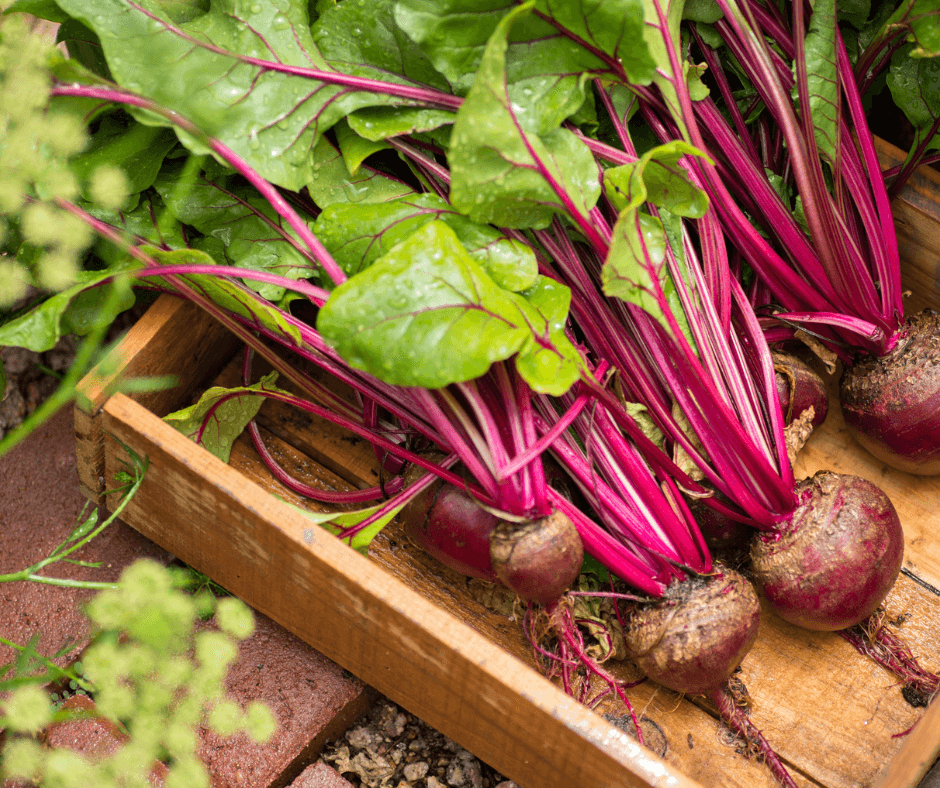
The uniform, red ‘Boro’ beets are known for having superb sweet flavor and can be harvested as baby beets or a bit larger. They are very fast growing–ripening in about 50 days from seed. Another good red is the classic beet, ‘Detroit Dark Red’ (55 days). The popular variety is easy to find and has sweet, uniformly round roots. (Click here to watch a video with more details about growing beets.) For those seeking a more unusual beet, try the tasty white, ‘Avalanche‘ beet. It is another easy one sure to provide good results in the garden. All young tender beet greens may also be selectively harvested and eaten in salads or sauteed as a vegetable.
Carrots

A good friend shared some of her freshly plucked ‘Adelaide’ Baby Carrots (32-50 days) with me a few springs ago and I was hooked. They are the most crisp, sugary carrots ever! Expect them to take 50 days to fully mature from seed. Another winner is the purple-red, The National Garden Bureau’s AAS-winning carrot ‘Purple Haze’ (73 days). The carrots take longer to mature but are worth the wait. Start them in March for May harvest. Those seeking a faster, reliable, classic orange carrot should try ‘Caravel‘ (58 days). It is an early-to-produce variety with good sweetness and production.
Radishes
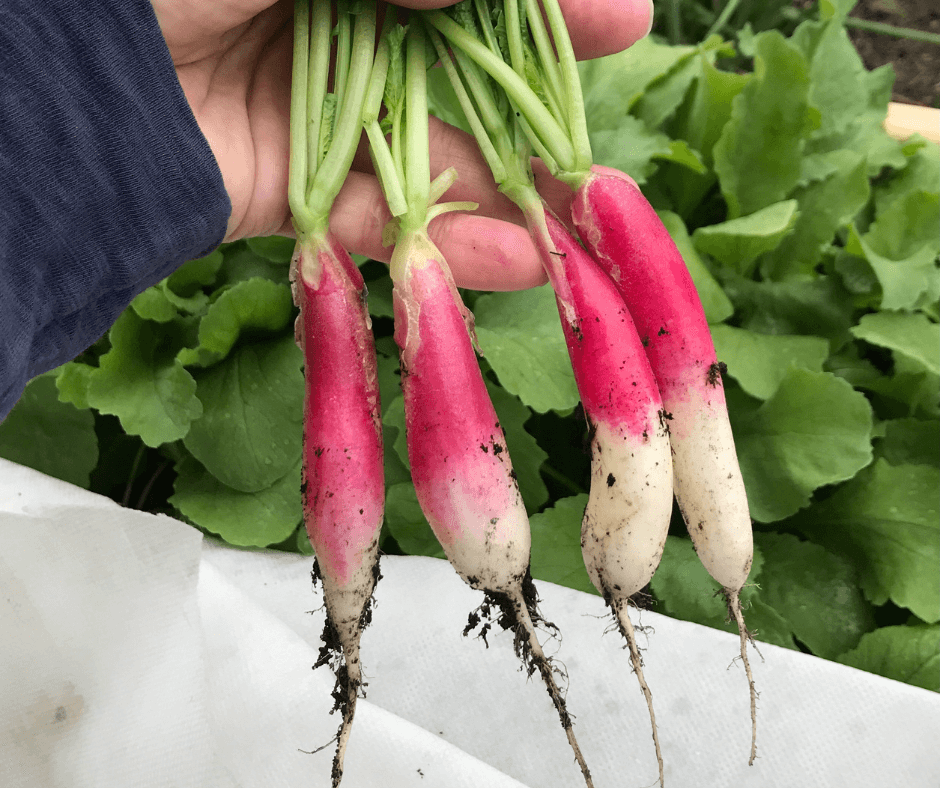
The sweet and crisp ‘D’Avignon’ French Breakfast Radish is a traditional elongated French breakfast radish. In my garden, it tends to be sweet rather than hot. Give the roots just 21 to 30 days for full development. Watermelon radishes are both beautiful and tasty. The ‘Chinese Starburst‘ hybrid (60 days) is a good variety to choose for bright pink color and sweet and spicy flavor.
Turnips
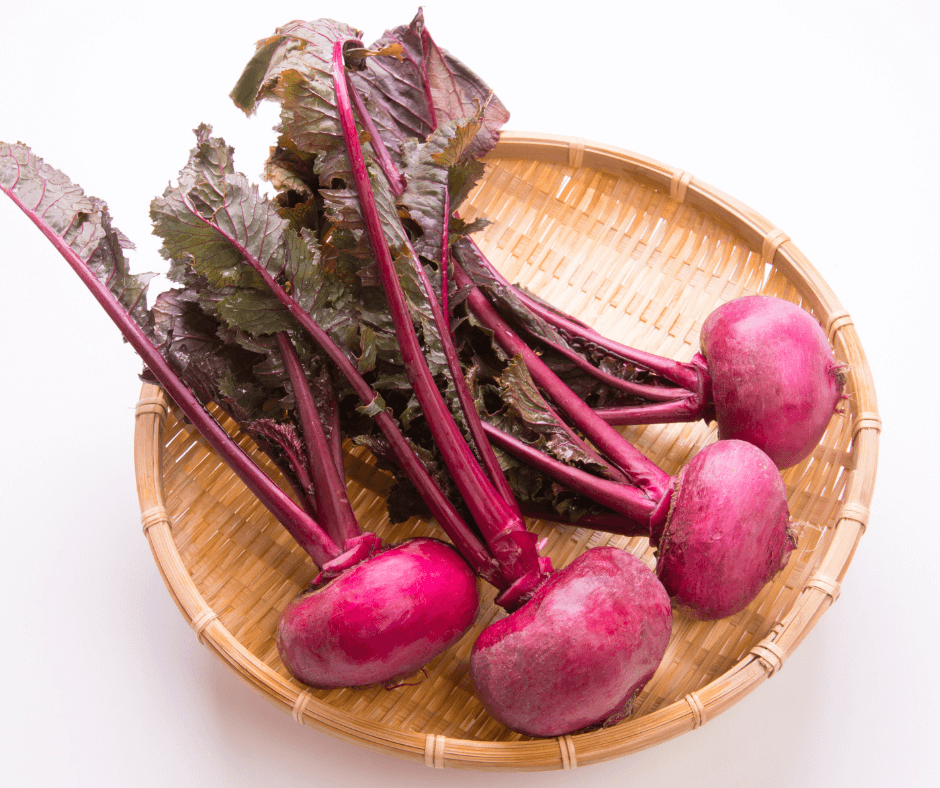
Classic purple-topped turnips are available through almost every seed vendor, but there are a few more unusual varieties worth considering. The red-skinned ‘Scarlet Ohno‘ turnip is crunchy, sweet, and pink on the inside. Expect them to take about 50 days before they are ready to harvest. Another Asian variety is the Japanese ‘Tokyo Market’ (35 days), which is white, fruity, and crisp. It is recommended for fresh eating in salads.
Scallions
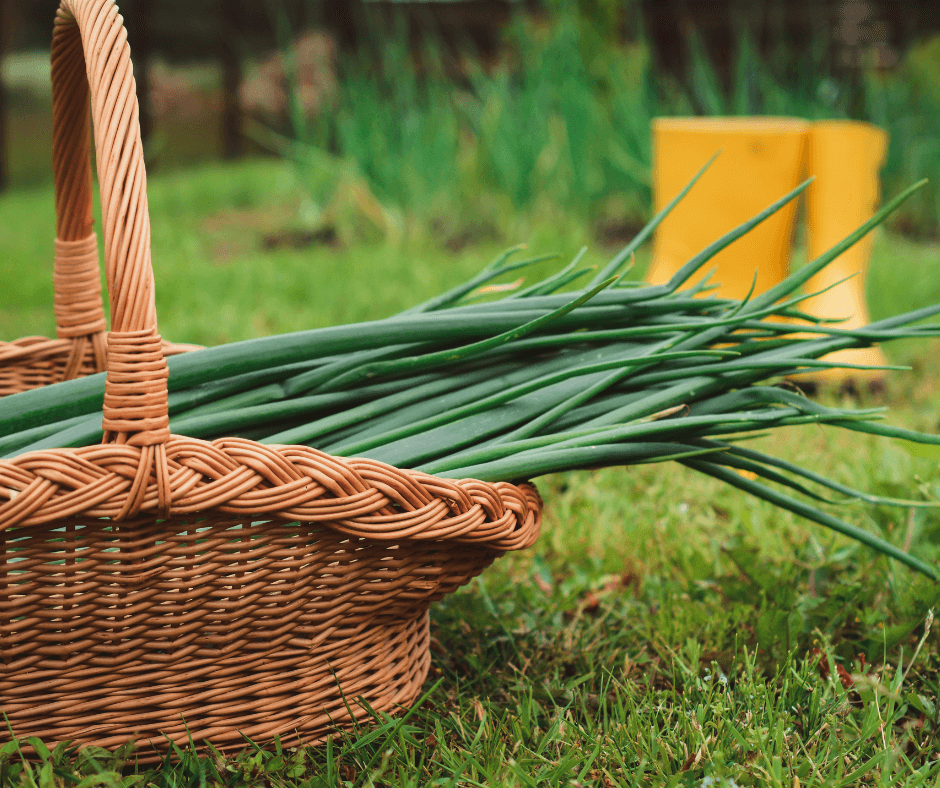
In general, scallions grow quickly and taste the mildest when grown in mild, cool weather. The fine, tender scallions of ‘Kyoto Kujo Negi‘ are tasty and fast. In just 40-50 days you can grow your own tender scallions from seed.
Root Vegetable Planting Time
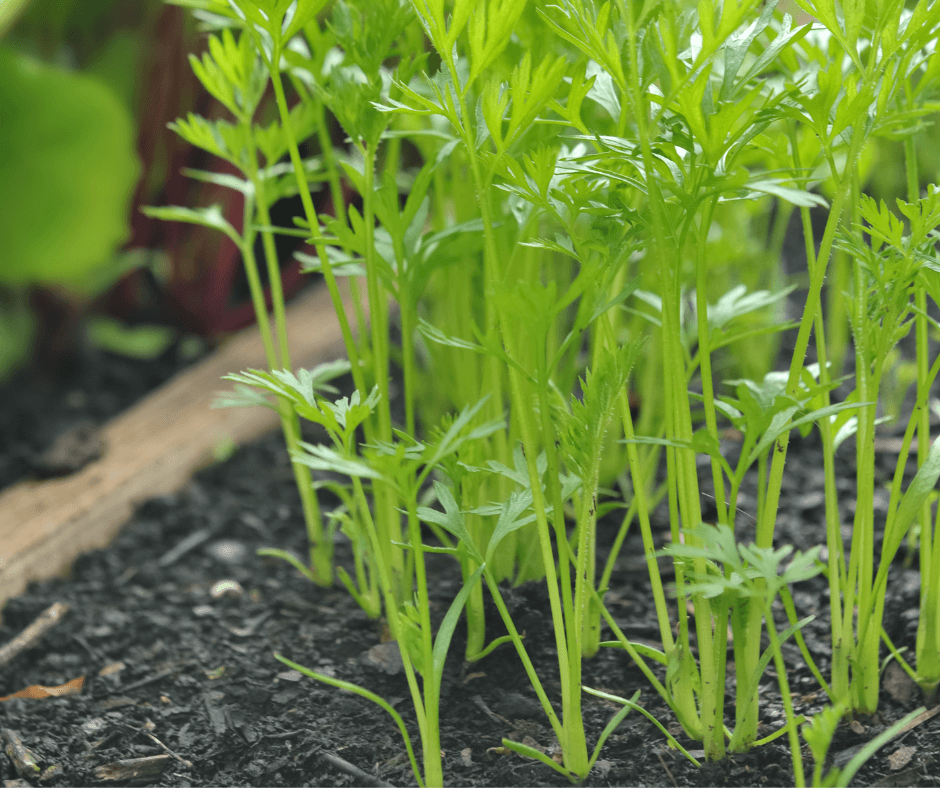
Root vegetables require a sunny garden space and friable loam high in organic matter and with a pH of 6.0 to 6.8. Those with tap roots, like carrots, parsnips, and Asian radishes, are most in need of rich loam.
If your soil is high in clay, I recommend double digging your growing area. Double digging loosens the soil and involves amendment with compost (Black Gold Garden Compost Blend), peat moss, and slow-release vegetable fertilizer to encourage superior rooting. [Click here to read an article about double digging.]
 Direct sow your root vegetables. Start by labeling your rows. To seed your crops, create shallow rows with a stick and sprinkle them with added peat or compost to gently cover the seeds and help germination. Finally, lightly water the rows. Keep the seeds lightly moist until the seeds start to sprout. Once they sprout and begin to grow, you can water more vigorously.
Direct sow your root vegetables. Start by labeling your rows. To seed your crops, create shallow rows with a stick and sprinkle them with added peat or compost to gently cover the seeds and help germination. Finally, lightly water the rows. Keep the seeds lightly moist until the seeds start to sprout. Once they sprout and begin to grow, you can water more vigorously.
Thin seedlings when they reach 2-3 inches in height. I generally allow 4-5 inches spaces between plants, depending on the variety. Keep the most vigorous seedlings, if possible, and remove the thinnest.
Root vegetables require regular watering and weeding. Follow these steps and they should grow beautifully!
Smaller root vegetables can also be grown in containers, but I choose smaller varieties for greater yields–petite French Breakfast radishes.
When Are Root Vegetables Ready?
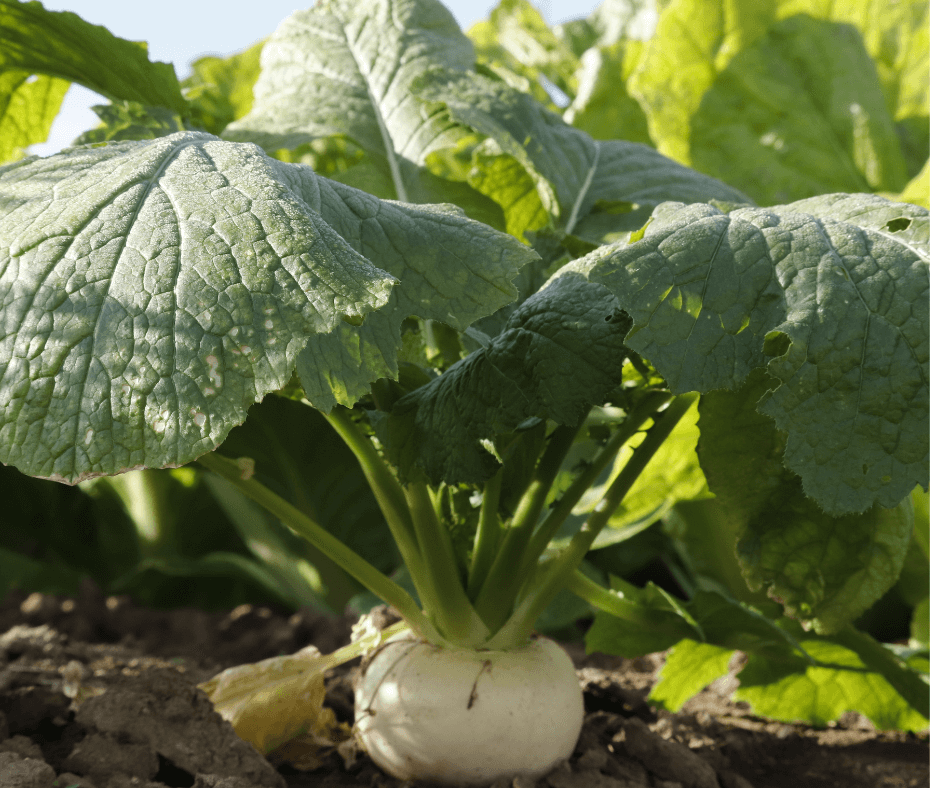
Most root crops bulb up at the top when they are ready. The round, protuberant tops appear on all of the root vegetables mentioned in the article. Once their tops become substantially round and bulb up at the top, try pulling one to sample. If the vegetable appears as described in the seed catalog, your vegetable is ready. Use the sample as a guide to harvest the rest of your crops.
